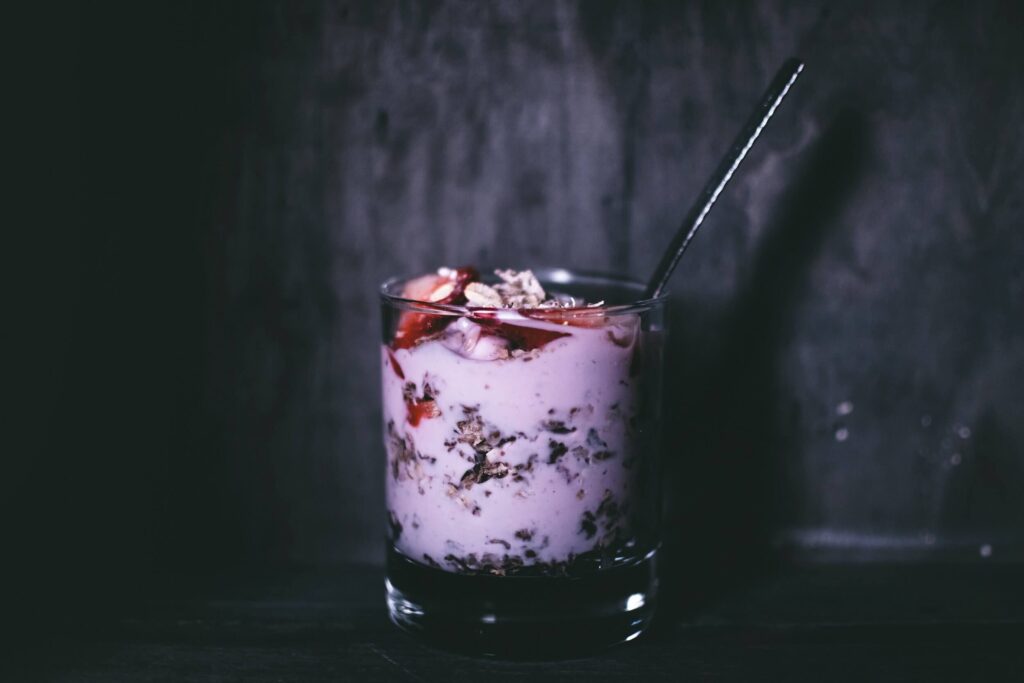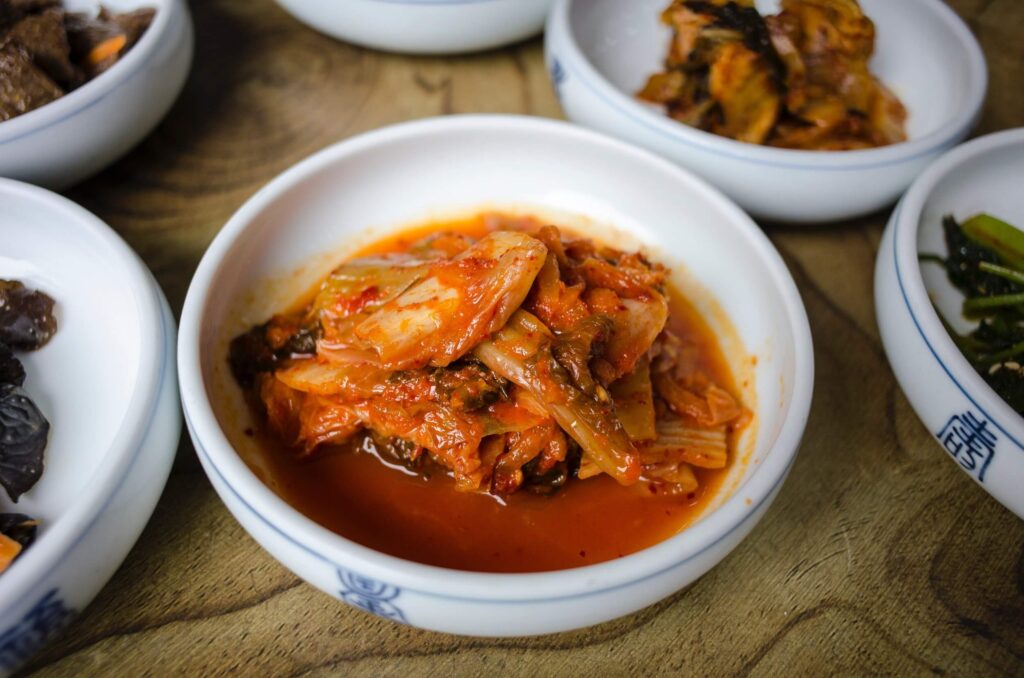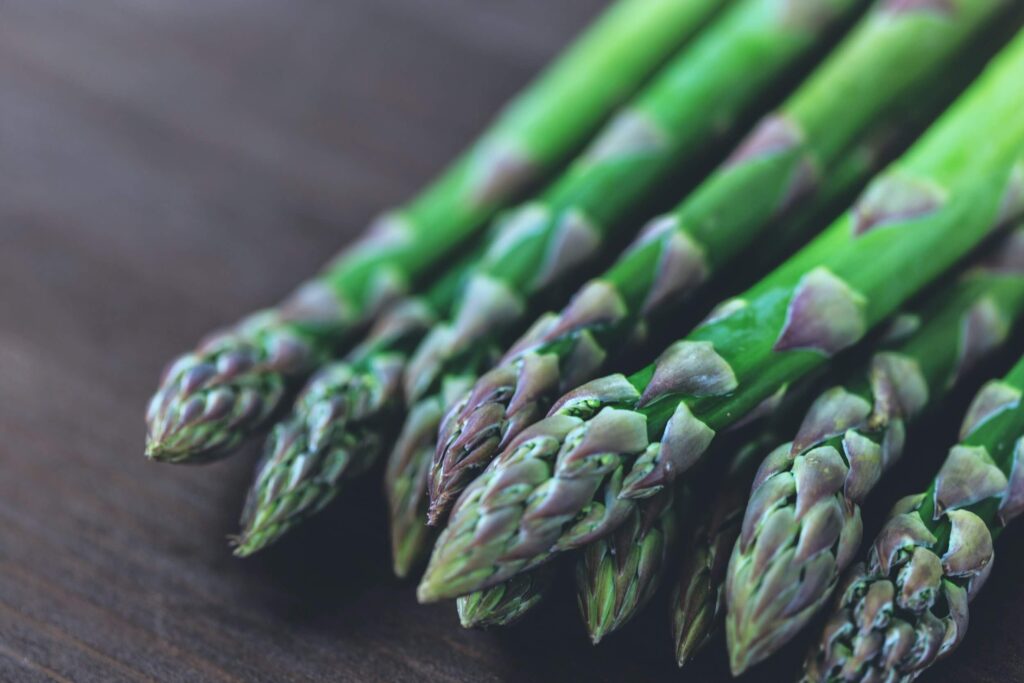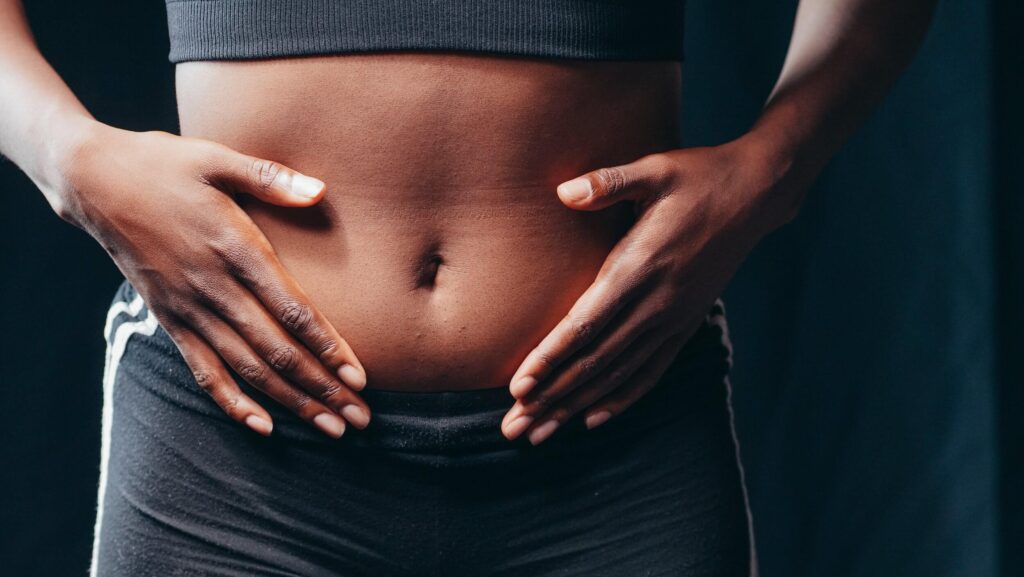Research suggests that the foundation of good health is in fact dependent on our gut. But why is this the case? The human gut microbiome is made up of around 100 trillion microbes—bacteria, yeast, fungi and viruses—and starts to develop before we have even been born. When we use the term ‘healthy gut’, we refer to a balanced microbiome in which bacteria live symbiotically. When our microbiome is out of balance (otherwise known as dysbiosis) due to a lack of certain bacteria or an overgrowth of others it is indicative of an ‘unhealthy gut’. Probiotics are living bacteria strains that foster the growth of good bacteria in the digestive system while prebiotics refers to plant fibre that acts as fuel for the good bacteria. Let’s examine the part they play in gut health.

Highlights
- A balanced microbiome is a great defence mechanism against ingested pathogens and other potentially toxic substances,
- Probiotics are the live bacteria found naturally in the gut responsible for restoring the gut back to its preferable environment and enabling the good bacteria to help it remain in balance,
- Prebiotics are derived from insoluble fibres found in specific foods which promote the growth and colonisation of good bacteria, in turn creating an inhabitable environment for the bad bacteria to grow.
Gut health and food
The gut is home to 70 per cent of our immune system. A balanced microbiome works as a defence mechanism against ingested pathogens, toxins and other potentially harmful substances. Over the years, studies have demonstrated how poor gut health may be the root cause of a myriad of other unhealthy imbalances. For example, the gut–skin axis has shown us a correlation between poor gut health and the development of disorders such as psoriasis, acne, eczema and food intolerances. In more recent years, studies observing the gut-brain axis have shown us how an imbalanced gut can impact our mood. Studies show that individuals who suffer from anxiety or depression often have a disrupted microbiome, observed through altered faecal microbiome and gastrointestinal disorders such as irritable bowel syndrome (or IBS).
The foods we eat greatly impact our gut health. Highly processed, sugary foods have been shown to disrupt our gut’s microbiome. Foods that are high in refined sugars, saturated fats or simple carbohydrates can lead to inflammatory responses and spikes in blood sugar, which further disrupt the gut’s microbiome.
Many people these days experience digestive issues such as bloating, acid reflux, constipation and diarrhoea. Whilst these symptoms are now common among the general public, it does not mean they are normal. These are in fact common symptoms of a disrupted microbiome. For example, people with decreased numbers of specific probiotic strains (Bifidobacteria and Lactobacillus) are at higher risk of experiencing chronic constipation. Studies reveal how a lack of certain probiotic strains in those who are obese resulted in increased intestinal permeability, insulin resistance and weight gain. Overextended periods of time, this may lead to the development of chronic inflammation, metabolic syndrome, insulin resistance or type 2 diabetes. (7)
So what foods should we be eating to keep our gut healthy? Research suggests that those who eat at least 30 different plant-based foods in a week have a more diverse gut microbiome, a marker for good gut health, as compared to those who eat less than 10 different plant-based foods a week. Whole foods are also a great source of fibre. We are unable to digest fibre ourselves, so it travels to the large intestine, where it can be fermented (eaten) by our gut’s good bacteria. This fibre acts with a ‘scrub brush effect’ within the colon and helps to clean out bacteria and other build-up in the intestines, reducing the risk of colon cancer. Fibre also helps to keep the digestive tract flowing with regular, soft bowel movements.
Dark green leafy vegetables encourage the reproduction of good bacteria within the gut, limiting the ability of less desirable bacteria from reproducing and colonising the digestive tract. Research has found how this specific food group feeds the microbiome in a way that is different to dietary fibre due to a naturally occurring sugar called sulfoquinovose, which is a carbohydrate-containing sulphur, a compound the bacteria love to feed on.
In the world of gut health, both prebiotic and probiotic foods are deemed beneficial for a healthy gut. But what exactly are they?

What are probiotics?
Probiotics are live bacteria that can be found naturally occurring in the gut as well as in specific foods or supplements. It is suspected that there are over 500 different species of probiotics and each of them have their own unique impact on our health. They can each be identified by their specific strain made up of the genus, species and strain code. Probiotics are strain-specific, with each strain providing a different benefit.
This is why it is important to research individual strains for your desired outcome when taking supplements. For example, Lactobacillus acidophilus LA-05® has been shown to regulate bowel movements (12). In contrast, Lactobacillus acidophilus LA-14 has been predominantly used to support women’s health (bacterial vaginosis) and has shown no benefit in terms of regulating bowel movements (13).
When probiotics reach the gut (either from food or through supplementation), they will compete for the same food sources that the pathogenic bacteria also depend on to survive. Over time, they will be able to outnumber the pathogenic bacteria, restoring the gut back to a desirable environment and enabling the good bacteria to remain in balance.

What are prebiotics?
Prebiotics are mainly sourced from insoluble fibre, found in specific foods which cannot be digested by humans. The bacteria which live in our gut are able to break down this fibre and use it for their own benefit—essentially, they feed off it. This promotes the growth of more beneficial bacteria. Once prebiotic foods have passed through the small intestines without being digested, the food is fermented in the large intestine by pre-existing bacteria.
Short-chain fatty acids (SCFAs) are produced within the colon through the bacterial fermentation of insoluble fibre (prebiotic foods) (14). SCFAs are supposed to help with the digestion of both fats and carbohydrates. There are 3 main SCFAs that are produced as a result of our microbiome:
1. Butyrate: Provides colon cells with around 70 per cent of their required energy, and plays a role as an anti-inflammatory agent in human colon cells. Within the intestines, butyrate works as an epithelial defence barrier and has been shown to improve intestinal motility.
2. Acetate: This SCFA is supposedly beneficial for body-weight regulation and insulin sensitivity, because of its effects on lipid metabolism and blood sugar regulation. Studies show that increased acetate production improves insulin sensitivity and overall metabolic health.
3. Propionate: This is thought to lower lipogenesis, serum cholesterol levels and carcinogenesis in tissues. Human studies have shown that individuals with healthy levels of propionate experience a greater feeling of fullness, are generally less hungry and have a reduced desire to eat.
Many prebiotic foods contain the compound sulphur, which our gut bacteria love to feed on. This promotes growth and the further colonization of our good bacteria, deeming our gut to be an inhabitable environment for bad bacteria to continue to grow. Not only do many of these foods contain sulphur, but as they are whole foods, they contain an array of essential vitamins, minerals and phytonutrients, which further promote a healthy gut. These whole foods also have rich antioxidant, antimicrobial and anti-inflammatory properties that can help support our overall well-being.
The best probiotic foods to include in your diet
Typically, fermented foods are considered to be one of the best sources for naturally occurring probiotics. It is, however, important to remember that the pasteurization of these foods can kill off any beneficial bacteria.
Pickles
These are left to ferment over long periods of time and use their own lactic acid bacteria.
Sauerkraut
This may not be to everybody’s taste but is in fact one of the best sources of naturally occurring probiotics. Sauerkraut is cabbage that has been left to ferment by lactic acid. Sauerkraut is full of beneficial vitamins as well as fibre which further benefits our gut health.
Kimchi
This is a spicy side dish full of beneficial probiotic bacteria. It is traditionally made from cabbage but can also use various other vegetables, providing us with a wide variety of vitamins and minerals.
Kefir
This is a fermented milk drink that is typically added to cereals or smoothies. Kefir has a higher probiotic content than yoghurt and is known to be more tolerable to those with lactose intolerance. It contains a wider range of different probiotic strains which may improve gut microbiome diversity.
Miso
This has been used traditionally in Japan as a seasoning or as a soup. Some studies suggest that miso not only improves gut health but may also reduce the risk of stroke and breast cancer in Japanese women. Miso also contains sufficient amounts of vitamin K, manganese and copper.
Yoghurt
This is one of the most widely consumed probiotic foods. Multiple studies indicate that the frequent consumption of yoghurt (which contains live cultures) may strengthen the gut lining by improving microbiome diversity. However, not all yoghurt has probiotic properties. Labels should read ‘contains live cultures’ to reflect the probiotic effects of the yoghurt.
Tempeh
This is fermented soybean with a typically nutty or earthy flavour with high protein content.
The best prebiotic foods to include in your diet
Prebiotic foods not only contain the insoluble fibre that our gut bacteria love to feed on but also an abundance of other beneficial nutrients. Eating a variety of these prebiotic foods provides your body with other vitamins, minerals and phytonutrients that keep us healthy.
Asparagus
Asparagus promotes the growth of the beneficial bacteria Bifidobacterium and Lactobacillus in our gut.
Onions
These are rich in the prebiotic fibre inulin as well as in fructooligosaccharides (or FOS), which help with the breakdown of fats too.
Leeks
These come from the same family as both onions and garlic, all of which have a high sulphur content—something our microbiome feeds on.
Garlic
This promotes the growth of Bifidobacterium in the gut, a beneficial probiotic which helps to aid constipation, diarrhoea and other intestinal disorders.
Apples
These contain a specific type of soluble fibre called pectin, which has prebiotic effects. Pectin has been shown to increase the production of butyrate, the SCFA which feeds the beneficial bacteria in our colon, as well as reduces the overgrowth of harmful bacteria.
Chicory root
Around 68 per cent of chicory root is made up of inulin, a prebiotic fibre. It supports digestion and regulates bowel movements. Chicory root is largely used as a caffeine-free substitute.
Bananas
Unripened bananas (which are slightly green), in particular, contain high amounts of resistant starch, which has prebiotic effects.
Flaxseed
They are also known to have potent anti-inflammatory effects, thanks to their omega-3 content.
Seaweed
Studies are suggestive that seaweed significantly improves SCFA production (19).
Conclusion
Research reveals that gut health is the foundation of good health. A diet high in refined sugars, highly processed foods and saturated fats has been widely acknowledged as being significantly detrimental to the microbiome. An imbalanced microbiome leads to increased intestinal permeability, insulin resistance, chronic inflammation and metabolic syndrome. Common symptoms of microbiome imbalance include bloating after eating, acid reflux, constipation and diarrhoea. Prebiotic and probiotic foods are now commonly referred to as gut-friendly foods. Prebiotic foods contain insoluble fibre. It passes through the small intestine into the large intestine, food is then fermented and SCFAs are synthesized. SCFAs have anti-inflammatory and satiating properties and support metabolic health. Probiotic foods contain living organisms, sometimes referred to as live cultures. They create a more hospitable environment for the reproduction of good bacteria. How will you be adding prebiotic and probiotic foods to your diet next?
Disclaimer: The contents of this article are for general information and educational purposes only. It neither provides any medical advice nor intends to substitute professional medical opinion on the treatment, diagnosis, prevention or alleviation of any disease, disorder or disability. Always consult with your doctor or qualified healthcare professional about your health condition and/or concerns and before undertaking a new healthcare regimen including making any dietary or lifestyle changes.
References








